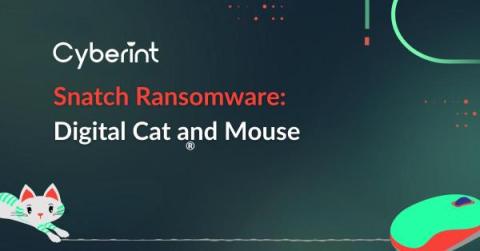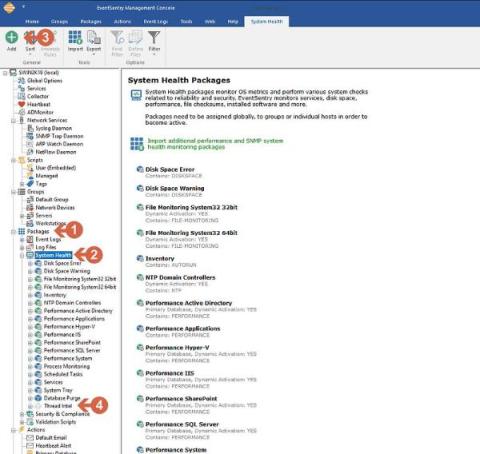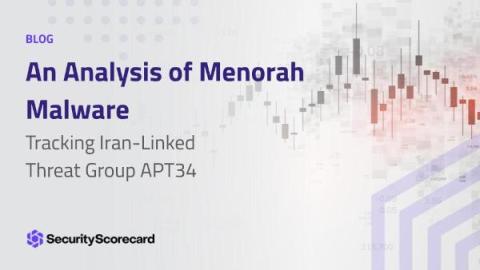Ransomware Attacks Rise 85% Compared to the Previous Year
With November demonstrating multiple increases when compared to various previous time periods, new data signals that we may be in for a bumpy ride in 2024. It’s nice when we get to see reports that are published relatively quickly to let us get a sense of where cyberattacks are today versus, say, a quarter or two ago (or even last year!). The NCCGroup’s Cyber Threat Intelligence Report was just published and covers ransomware attacks through November of this year.










